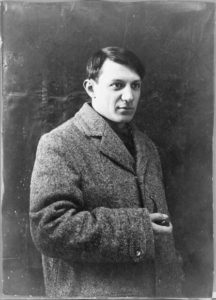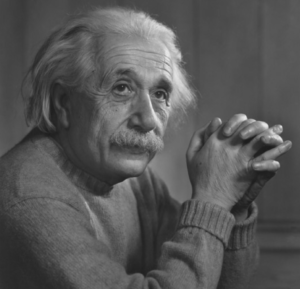Main Body
Getting Started with Inquiry Based Teaching and Learning
A Case for Curiosity
Every year millions of children enter kindergarten with the question “Why?” uppermost in their mind. They ask this question, and other questions, in what seems like a never-ending loop. Adults try their best to answer, but they quickly realize that behind one question and answer is another question. It can be frustrating for adults, but this is how children are learning. They are trying to understand how things work They are learning and learning how to learn.
Early childhood education research indicates that all children have a curious scientific nature. Toddlers and pre-schoolers behave like scientists, but something happens to many of them as they get older — they stop asking “why” and their curiosity appears to fade away. This article appeared in the prestigious journal “Science” in 2012. http://science.sciencemag.org/content/337/6102/1623
New theoretical ideas and empirical research show that very young children’s learning and thinking are strikingly similar to much learning and thinking in science. Preschoolers test hypotheses against data and make causal inferences; they learn from statistics and informal experimentation, and from watching and listening to others. . These discoveries have implications for early childhood education and policy. In particular, they suggest both that early childhood experience is extremely important and that the trend toward more structured and academic early childhood programs is misguided.
https://www.edutopia.org/blog/a-case-for-curiosity-ainissa-ramirez
https://www.edutopia.org/blog/why-curiosity-enhances-learning-marianne-stenger
Many great thinkers and artists lament the act of forgetting one’s innate nature. In fact, Picasso once said, “All children are artists,” to which he added that the trick was to remain that way as an adult. The same goes for curiosity. All children are scientists. The trick is to remain that way throughout our lives.


Guernica, one of Picasso’s most famous works.

Getting started in your classroom
In the 2008 book “Ready, Set, Science! Putting Research to Work in K-8 Science Classroom” the authors, Michaels, Schouse and Shcweingruber have some key recommendations
- Students come to class with their own ideas about how science works
- Develop lesson plans that seek to develop understanding using a process of conceptual change
- Science lessons should be organized around core science concepts where students can engage in doing science to make sense of science phenomena
- Foster learning by starting with experiences and investigations that prompt student thinking
- The teacher’s job is to make student thinking visible using modelling and talking in the classroom
- Ideally students will be able to argue from the evidence
Even very young students can be taught how to
- make claims
- gather data
- determine evidence
- develop reasoning
- develop explanations
(Zembal-Saul, McNeil and Hershberger 2008)
We want students to learn from science investigations and inquiry-based education.

